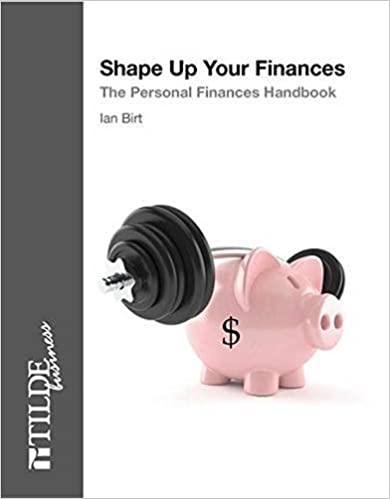
Bob, a 66 years old worker, is deciding between retirement either this year or the next year. His average monthly benefit is determined to be $1.635.40. Assume that the benefit is the same for this year and the next year. Compute Bob's annual benefit reduction amounts in each of the following scenarios. If Bob retires this year and secures a part-time job earning $19,000, his annual benefit reduction amount is S If Bob retires this year, secures the same part-time job, and in addition projects Interest and dividend earnings of $7,000 per year, what his annual benefit reduction amount is S 1. If Bob retires next year and secures the same part-time job, the annual benefit reduction amount is Taxes on Benefits Social Security is paid in with after-tax dollars but may be subject to tax if annual income exceeds a base amount. A single taxpayer's base is $25,000. Married taxpayers filling jointly have a base of $32,000. Married taxpayers filling separately have a base of zero.. Suppose Eric is retiring this year at age 67. The following table shows his data. Part-time salary Annual dividends $30,500 $2,750 Annual savings account interest Annual interest on Dallas municipal bonds Based on the income calculated, Eric will have Traditional 401(k) versus Roth 401(k) Raphael has decided to contribute to a savings program. He can open a traditional 401(k) or a Roth 401(k) and has determined that he can afford a $15,600 contribution. Raphael's salary is $130,500 per year, and he is in the 28% tax bracket. If Raphael decides to go with a traditional 401(k), his contribution amount will be $ And the amount offset via a reduced tax bill will be $ $300 $1,550 1% of his Social Security benefits taxed. If, instead, Raphael decides to go with a Roth 401(k), his contribution amount will be s And the amount offset via a reduced tax bill will be s Assuming all the same facts, suppose that Raphael decides to open both 401(k) plans, splitting what he can afford to contribute equally between both plans. Under this scenario, Raphael's contribution amount will be And the amount offset via a reduced tax bill will be 5 When Raphael retires, which plan's monies will he be able to exclude from taxable income? Traditional 401(k) Roth 401(k) Bob, a 66 years old worker, is deciding between retirement either this year or the next year. His average monthly benefit is determined to be $1.635.40. Assume that the benefit is the same for this year and the next year. Compute Bob's annual benefit reduction amounts in each of the following scenarios. If Bob retires this year and secures a part-time job earning $19,000, his annual benefit reduction amount is S If Bob retires this year, secures the same part-time job, and in addition projects Interest and dividend earnings of $7,000 per year, what his annual benefit reduction amount is S 1. If Bob retires next year and secures the same part-time job, the annual benefit reduction amount is Taxes on Benefits Social Security is paid in with after-tax dollars but may be subject to tax if annual income exceeds a base amount. A single taxpayer's base is $25,000. Married taxpayers filling jointly have a base of $32,000. Married taxpayers filling separately have a base of zero.. Suppose Eric is retiring this year at age 67. The following table shows his data. Part-time salary Annual dividends $30,500 $2,750 Annual savings account interest Annual interest on Dallas municipal bonds Based on the income calculated, Eric will have Traditional 401(k) versus Roth 401(k) Raphael has decided to contribute to a savings program. He can open a traditional 401(k) or a Roth 401(k) and has determined that he can afford a $15,600 contribution. Raphael's salary is $130,500 per year, and he is in the 28% tax bracket. If Raphael decides to go with a traditional 401(k), his contribution amount will be $ And the amount offset via a reduced tax bill will be $ $300 $1,550 1% of his Social Security benefits taxed. If, instead, Raphael decides to go with a Roth 401(k), his contribution amount will be s And the amount offset via a reduced tax bill will be s Assuming all the same facts, suppose that Raphael decides to open both 401(k) plans, splitting what he can afford to contribute equally between both plans. Under this scenario, Raphael's contribution amount will be And the amount offset via a reduced tax bill will be 5 When Raphael retires, which plan's monies will he be able to exclude from taxable income? Traditional 401(k) Roth 401(k)







